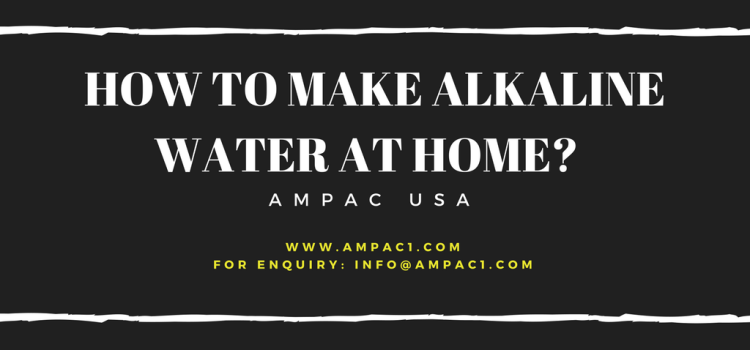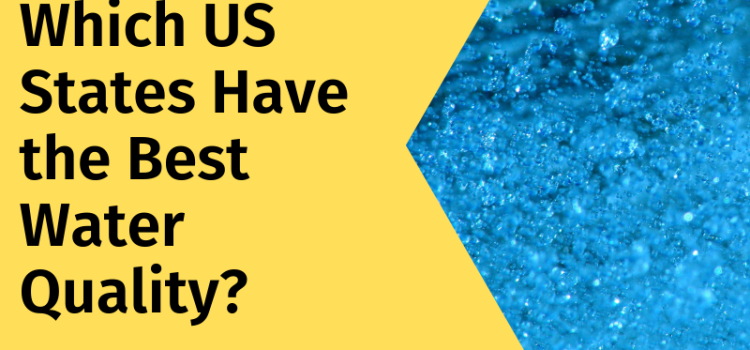Last updated on April 14th, 2025 at 12:03 pm
Krasner, S. W.; Roback, S.; (…); Bukhari, Z.
2020 | AWWA Water Science
Eight N-nitrosamines were measured at 37 water plants in the United States and Canada. Five tobacco-specific nitrosamines (TSNAs) were measured in selected waters. N-Nitrosodimethylamine (NDMA) was preferentially formed in chloraminated systems (maximum detention time: median 4.4ng/L). A small amount was detected in some chlorinated systems (90th percentile <2.0 ng/L). After ozone (before chloramines), NDMA was sometimes detected (90th percentile 2.9 ng/L), suggesting that the ozone did not react with precursors to form NDMA. The chloramine plants that temporarily switched to chlorine typically produced less NDMA (Plant 29 reduced NDMA formation, on average, from 34 to 4 ng). More NDMA was produced during spring runoff, when there were elevated levels of ammonia and NDMA precursors in the source water. More NDMA was formed when there were higher levels of poly (diallyldimethylammonium chloride) (polyDADMAC) used. N-Nitrosomorpholene was found to be a contaminant and not a disinfection byproduct; it did not increase during chloramination. TSNAs were produced during spring runoff; source water ammonia impacted the chlor (am) ine chemistry. © 2020 American Water Works Association
The post Occurrence of nitrosamines and their precursors in North American drinking waters. appeared first on Facts About Water.
Source: Water Feed










Thank you for your sharing. I am worried that I lack creative ideas. It is your article that makes me full of hope. Thank you. But, I have a question, can you help me?
Thanks for sharing. I read many of your blog posts, cool, your blog is very good.
Can you be more specific about the content of your article? After reading it, I still have some doubts. Hope you can help me. https://www.binance.info/sl/register-person?ref=OMM3XK51
В мире, где информация льется нескончаемым потоком, а развлечения становятся все более разнообразными, квизы занимают особое место.
Это не просто игра, это – интеллектуальное приключение, способ проверить свои знания, узнать новое и, конечно же, весело провести время
в компании друзей или коллег играя в [url=https://saumalkol.com/forum/%D0%B2%D1%81%D0%B5%D0%BC-%D0%BA%D1%82%D0%BE-%D0%BC%D0%B5%D0%BD%D1%8F-%D0%B7%D0%BD%D0%B0%D0%B5%D1%82/15920-%D0%BA%D0%B2%D0%B8%D0%B7-%D0%B2-%D0%BC%D0%BE%D1%81%D0%BA%D0%B2%D0%B5.html]квиз в москве[/url]